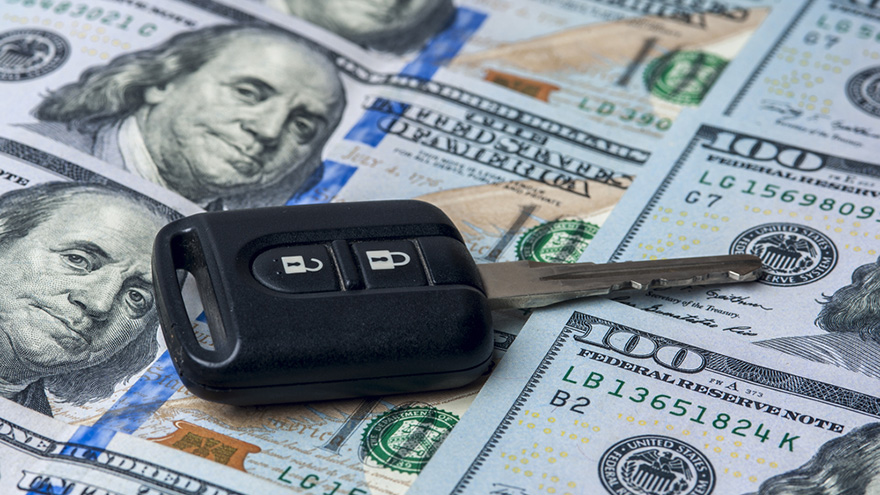KBRA: Seasonal impact on October ABS indices intensifies

The seasonal impact Kroll Bond Rating Agency (KBRA) expected to see when analysts assembled their latest prime and non-prime indices of the automotive asset-backed securities (ABS) market arrived in October.
KBRA reported auto loan ABS credit performance weakened again in October with net loss and delinquency rates climbing in KBRA’s prime and non-prime indices.
“The month-over-month increase was expected as seasonal factors will likely continue to cause credit performance to deteriorate for the remainder of the year,” analysts said in the latest report shared with SubPrime Auto Finance News.
“On a year-over-year basis, both indices continued to show signs of improvement,” they continued.
The firm reported annualized net losses and 60-day delinquencies each rose 2 basis points month-over-month to 0.68% and 0.46%, respectively, with KBRA’s Prime Auto Loan Index.
On a year-over-year basis, analysts pointed out prime performance continued to improve, with net losses and delinquencies falling 9 basis points and 4 basis points, marking the 21st consecutive reporting period in which net losses and delinquency rates have fallen year-over-year.
KBRA shared that its Non-Prime Auto Loan Index exhibited a similar pattern, with annualized net losses and 60-day delinquencies rising 7 basis points and 20 basis points month-over-month to 8.95% and 5.33%, respectively.
However, on a year-over-year basis, analysts highlighted net losses in non-prime dropped 41 basis points, while the percentage of borrowers that were 60 days or more overdue held steady.
Looking deeper at its latest information, KBRA acknowledged an analysis of loan-level data also showed weaker credit performance in October.
The percentage of prime and non-prime borrowers who went from 60 days or more delinquent to current fell month-over-month, coming in at 20.6% and 13.5%, respectively, versus 21.2% and 15.0% in September.
Meanwhile, KBRA reported the percentage of prime and non-prime contract holders who were 60 days or more delinquent to start October — and were subsequently charged-off by the end of the month — fell to 14.4% for prime borrowers but rose to 24.8% for non-prime borrowers. Those movements represented a drop of 140 basis points month-over-month in the prime space, but a jump of 50 basis points in the non-prime segment.

 View The Latest Edition
View The Latest Edition

